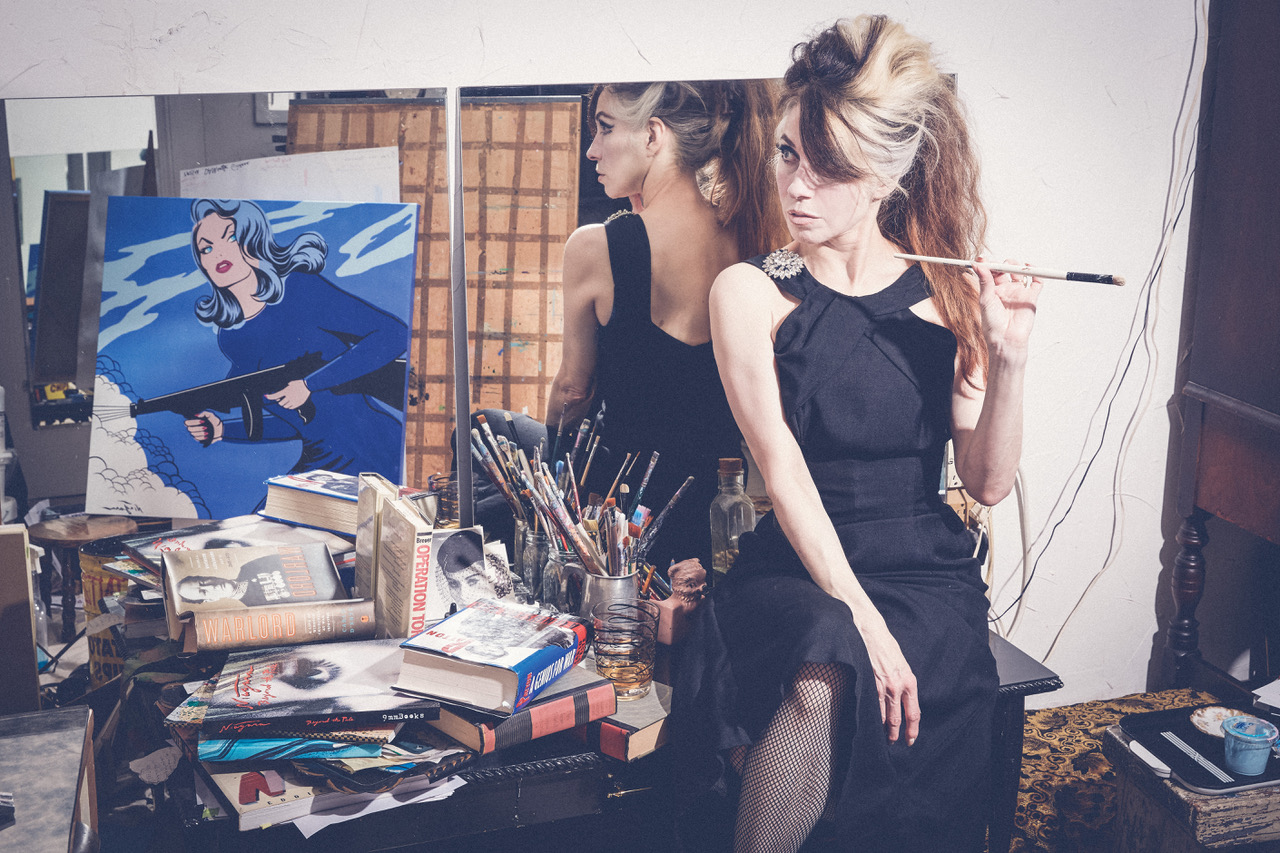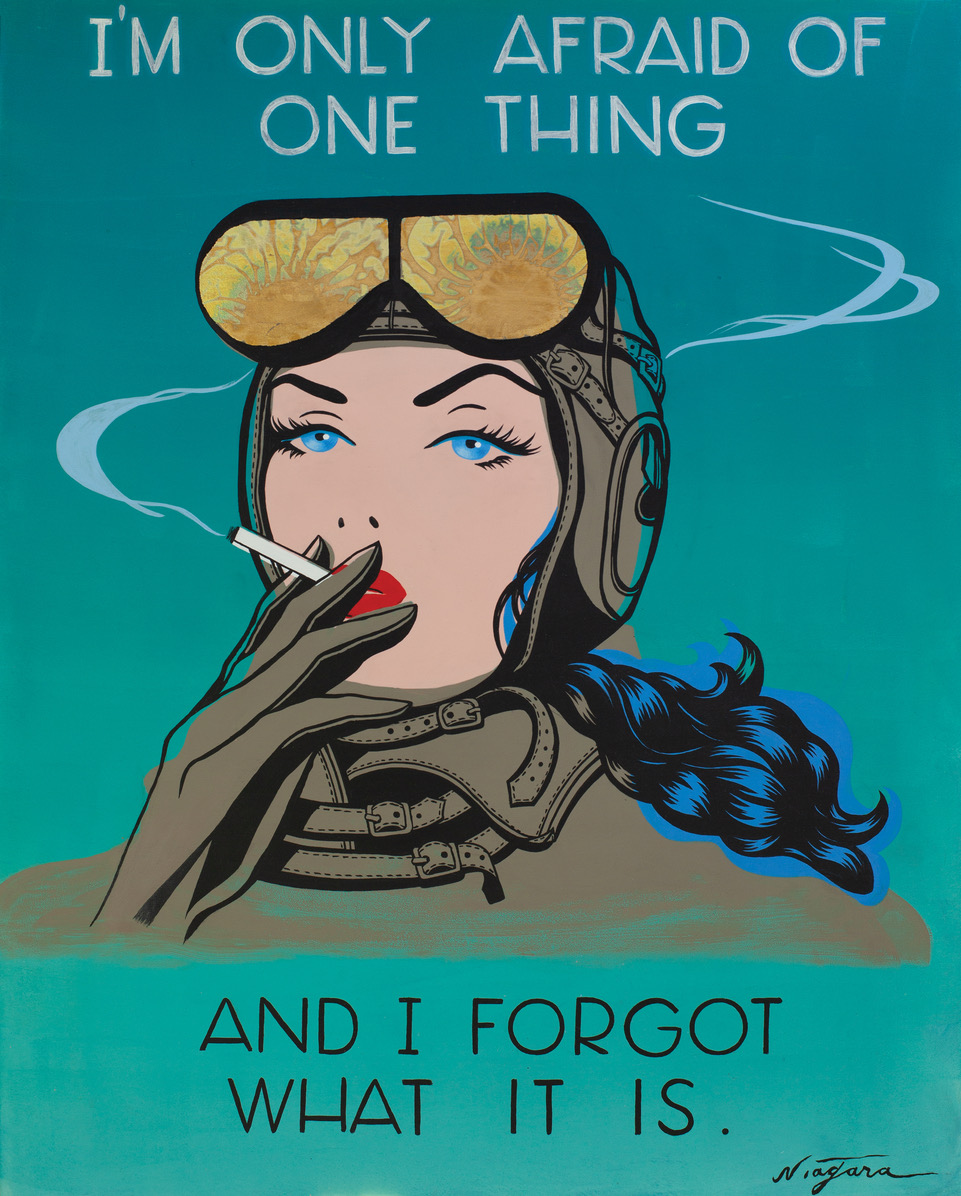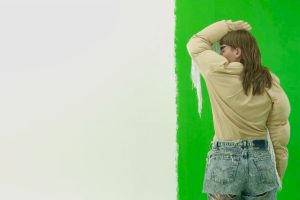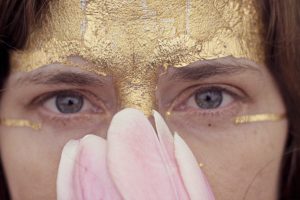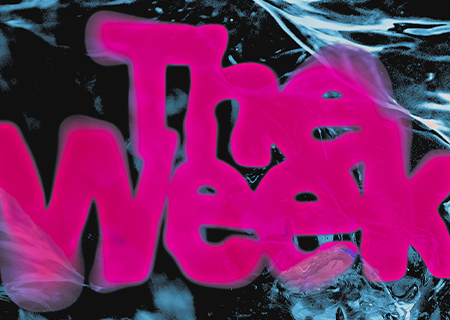Niagara Detroit: “Art should be political if the artist wants it to be political”
Niagara Detroit does not need an introduction. She is a legendary front singer and artist, having achieved the rare status of being successful in both areas. Growing up in Detroit in the 60ies and 70ies she founded Destroy all Monsters – the first pure noise band in history – in 1974 together with Jim Shaw, Mike Kelly and Cary Loren, all art students like herself.
Thurston Moore of Sonic Youth, a huge fan of DAM, would release a box set of their early rehearsal tapes much later in 1994 (long after the band had quit in 1985), enthusiastically saying that he “could find no earlier example of such primitive playing with the use of non-instruments.” Not one to wait around for anything Niagara got together with Ron and Scott Asheton of the Stooges next, and they founded the group Dark Carnival, performing punk music internationally for the next twenty odd years.
Personally, I discovered her through her art. Niagara paints women. Strong, outrageous, outspoken and tough women. Discovering her work in the low brow magazine “Juxtapoz”, founded by legendary painter and comic artist Robert Williams, I was thrilled to find a depiction of women that were just as brazen and self-assured as men in comic books or superhero marvel comics. As a small girl I had often wondered where the female versions of Clint Eastwood or John Wayne were, unhappily concluding that there were none. Roy Lichtenstein and Warhol pop iconography iconized sex objects like Marilyn Monroe or Jackie Kennedy but it was always the men that were independently strong and laconic.
Niagara does not only paint women that prove they can be more and stay sexy, she herself is a super women come to life as a charismatic performer, one of the most successful pop artists in the US, an icon of the low brow, pop surrealism art movement and leading an eventful, self-determined artists life even throughout the pandemic, looking everlastingly gorgeous and throwing out one truism after another.
After seeing Kim Gordon and Patti Smith on stage this summer I feel endlessly relieved and thankful that these great women stay true to their guns no matter what age and that I can count on them to continue inspiring me for years to come. I am truly honored that Niagara took the time to answer some of my questions and am happy to introduce her here today.
Danielle de Picciotto: You are one of the rare people that are successful as a singer and as a painter. I have read that you combined music and art from the beginning. What was/is your main motivation to be working in both areas? Do you prefer one to the other or do they belong together in your world? Was it difficult achieving this as a woman?
Niagara Detroit: From the very start and for years, what I did was artwork. It was only when Mike Kelley and I met at university and knew each other a few years that he suddenly asked if I could sing. I said “no”. And Destroy All Monsters was born. It was another venue to force our divergent philosophies on others.
I didn’t mean for the music to last for decades. I just needed that interval to take up time until I was of an age that one would be taken seriously as a visual artist. Music was my obsession but not my bag. It became my bag.
Until I could return to art full time. As a female, of course it’s more difficult, only in the sense that one is taken even less seriously. But I ignored it.
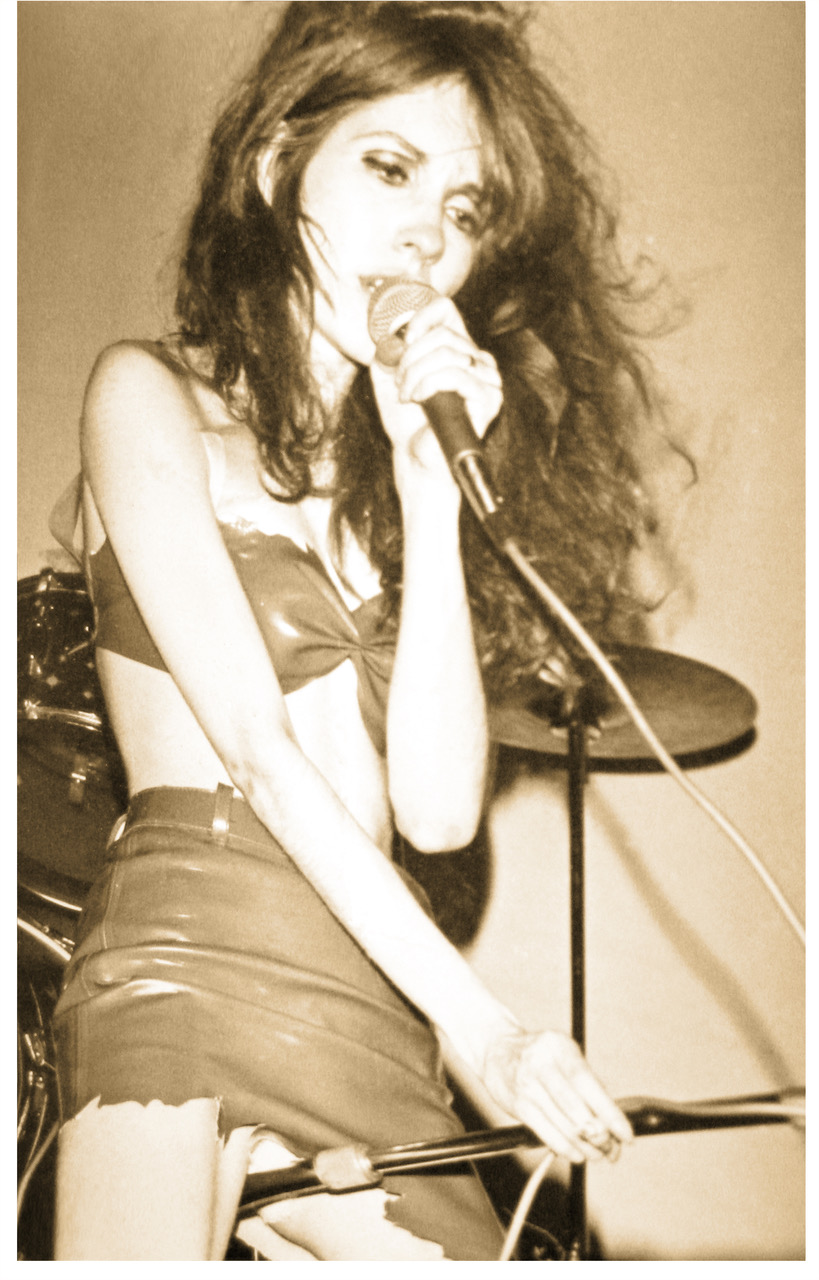 You paint very sexual women that use tough male slogans. Did that start out as a direct act of feminism, a piss take of male chauvinism or just out of curiosity and fun of experimentation?
You paint very sexual women that use tough male slogans. Did that start out as a direct act of feminism, a piss take of male chauvinism or just out of curiosity and fun of experimentation?
It was a direct act of trying to influence people, primarily women, to be stronger. Watch out what you wish for, right? The paintings had to be beautiful, strong and always a message. And humor.
Do you work with acrylic or digital?
Paint and paintbrush
Your work is often exhibited in a Low Brow, Pop Surrealism context or is described as Pop Art. Its connection to comic books and Roy Lichtenstein is named as a cornerstone of your work. In your opinion what genre would you consider the one you feel most comfortable being placed inside? Or would you prefer not belonging to a genre or creating a new one?
My style quickly became a Noir Pop style. The 1930s-40s movies inspire because, let’s face it, that’s when women looked most beautiful. Also, I love the lingo.
Would you consider your art political, and do you think that art should be political?
Art should be political if the artist wants it to be political.
You have worked with very known artists such as Mike Kelly, Jim Shaw, Cary Loren, Ron Asheton and Scott Asheton. In what way has it influenced your life/art working with them?
The most impressive of these men was their sense of humor. Humor comes from intelligence. Ron and Scott had a similar, intertwining sense of humor that was totally charming and immersing. Of course, Ron was a genius guitarist. No one was as influential as he. Other than that, I’m sure I had more influence on them.
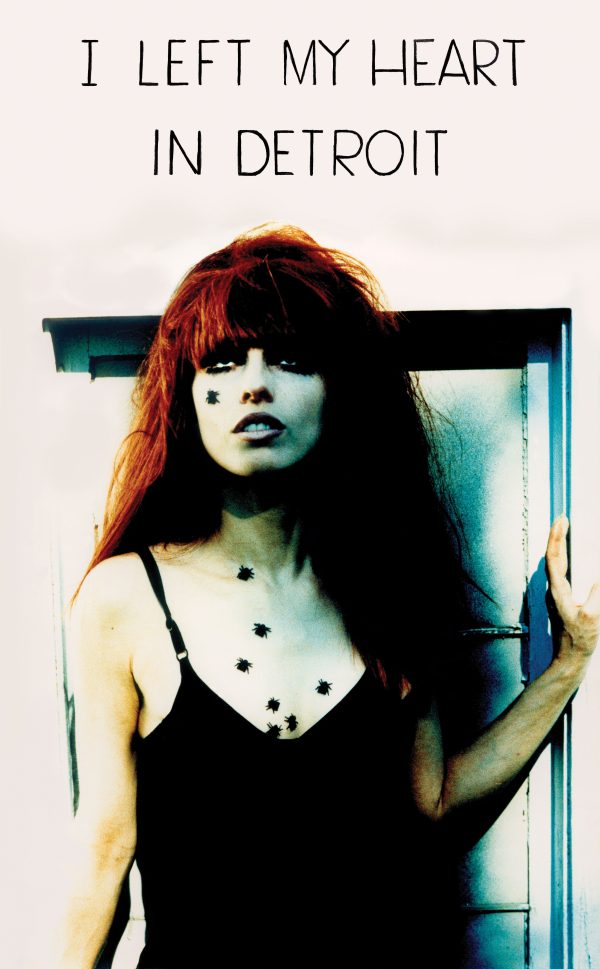
You live in Detroit, how was the city affected by the pandemic? The last time I was there in 2016 it was experiencing a wave of investors and small businesses were popping up. Is this still happening?
We lived and played in Detroit when it was the Wild West, a free-for-all, surrounded by great gorgeous, vintage buildings and decay. I wanted to bring interest to Detroit, which might bring investors. Luckily Detroit didn’t have the money to knock down historical structures, because that’s what men do. Now the city is using the past to build its future. It might be hopeful.
Detroit is like Berlin in that it is a music town. So many different styles and musicians started out in Detroit. What was your favorite time, period or music style in its history? How did this influence your work?
There’s nothing like being very young in the summer with the sounds of Motown.
When The MC5 and The Stooges emerged, I was a goner. That was everything.
MOST especially Stooges, naturally.
What are you working on currently and what are your plans?
Working on sharp and strong messages through my striking girls. They might give out, but they never give in. Also, for the last ten years I’ve been working with Hysteric Glamour, a couture Japanese clothing line with many stores. They’ve been very generous. At first, they printed my early punk collages and photos of me on their high-end fashions. Now I’ve been inking drawings for them. I love pen and ink. An old-fashioned dip pen is easy if you’ve used it all your life. I love the black and white. So does everyone. I’m just very busy being perfect.







